

— Blogs —
—Products—
 Consumer hotline +8618073152920
Consumer hotline +8618073152920 WhatsApp:+8615367865107
Address:Room 102, District D, Houhu Industrial Park, Yuelu District, Changsha City, Hunan Province, China
Product knowledge
Time:2022-07-05 21:13:40 Popularity:785
Farm weather station instruments monitor soil moisture, photosynthetic effective radiation, wind speed and direction and other meteorological parameters
As farming becomes more and more technological, various modern devices are appearing on the horizon. Weather stations are one of the most important of these. What does a weather station do on the farm? It monitors soil moisture, photosynthetic radiation, wind speed and direction and other meteorological parameters. This equipment has been used extensively and has helped people to achieve intelligent agricultural production.
What does an on-farm weather station do?
A farm weather station is a meteorological observation instrument installed in the middle of a farm, which monitors soil moisture, soil temperature, soil nutrients, soil pH, as well as meteorological parameters such as soil conductivity, wind speed and direction, and UV intensity. Through the observation of these meteorological parameters, scientific cultivation can be achieved and crop yields can be increased.
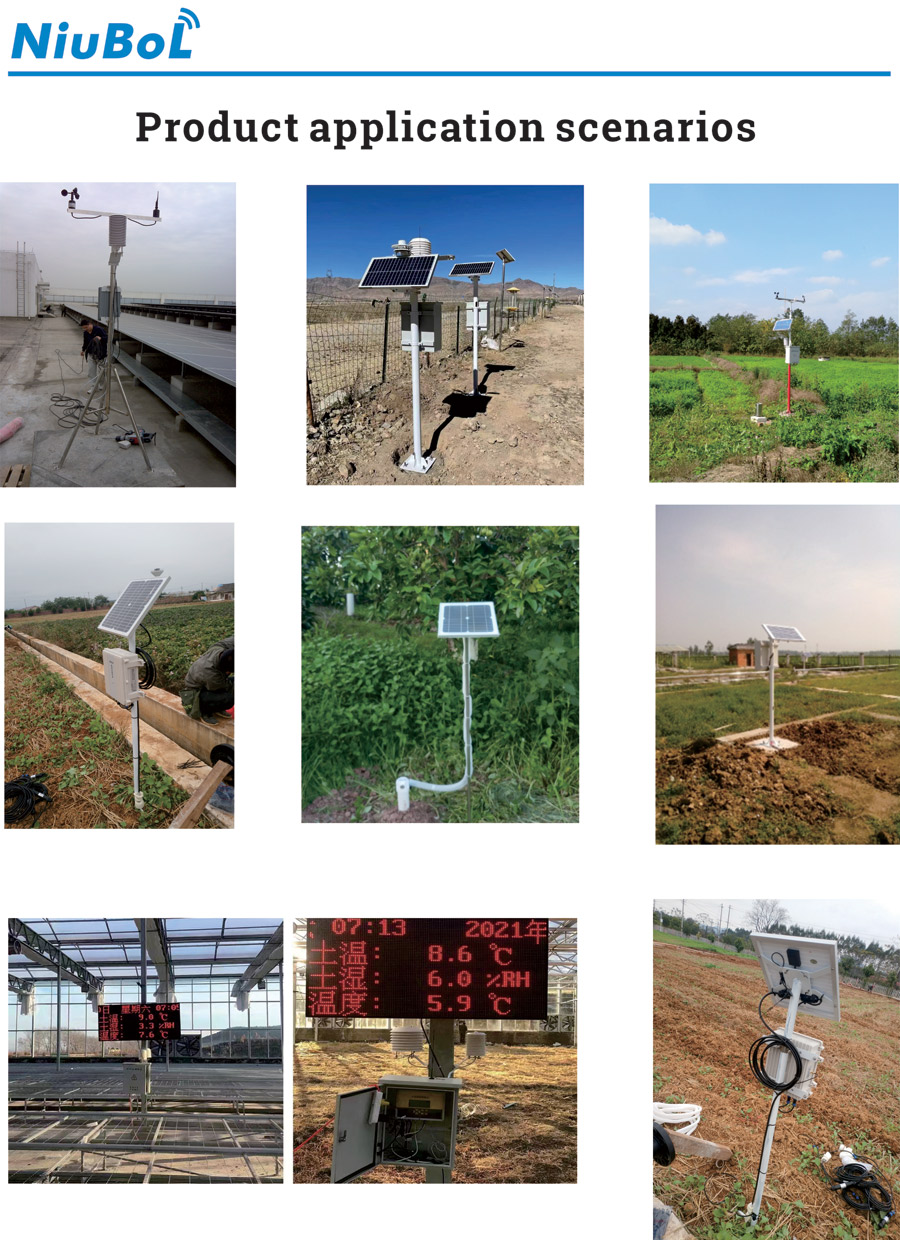
1. Monitoring soil temperature and humidity
Soil temperature and humidity are of great importance to the growth of crops in agricultural fields. When soil temperature and humidity are maintained in a certain range, it can promote the growth of plants, and when it is too high and too low it can reduce the growth of plants. Therefore, by monitoring this meteorological parameter through an on-farm weather observation station, it is possible to achieve rapid crop growth by means of manual control.
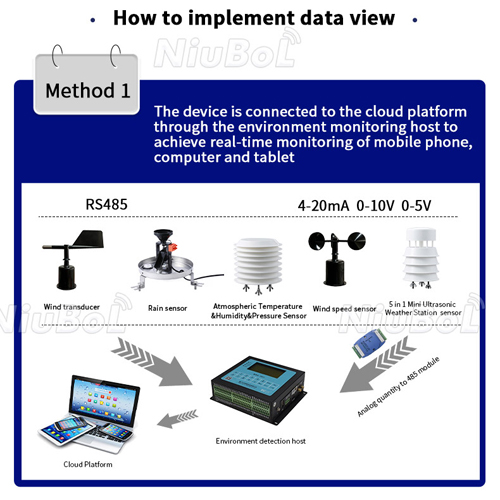
2. Monitoring soil nutrients
Soil nutrients are also very important for plant growth and agro-weather stations can monitor the specific nitrogen, phosphorus and potassium content through soil nutrient sensors. This can then be compared and analysed to determine whether the soil is fertile or poor, and thus whether fertiliser is needed.
As smart farming continues to be upgraded, farmers are becoming more and more comfortable with the use of weather observation equipment.
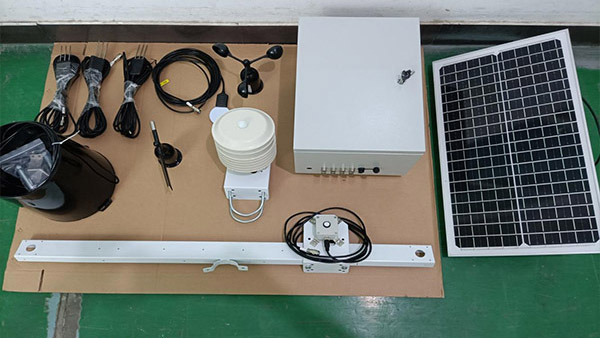
3. Observation of air temperature and humidity
In farmland, air temperature and humidity also affect the growth of plants. The right temperature and humidity are more conducive to plant growth. If it is outside this range, plant growth will be inhibited. This is why people involved in farming want to use field microclimate monitoring stations to observe the current weather data and find out how plants are growing.
Prev:What are the items observed by the meteorological observatory?
Next:Weather station is an instrument for observing changes in regional meteorological parameters
Sensors & Weather Stations Catalog
Agriculture Sensors and Weather Stations Catalog-NiuBoL.pdf
Weather Stations Catalog-NiuBoL.pdf
Related recommendations
Related products
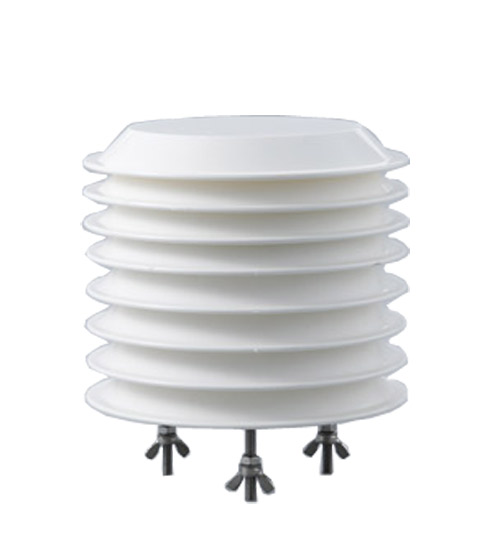 Atmospheric Temperature Humidity Pr···
Atmospheric Temperature Humidity Pr···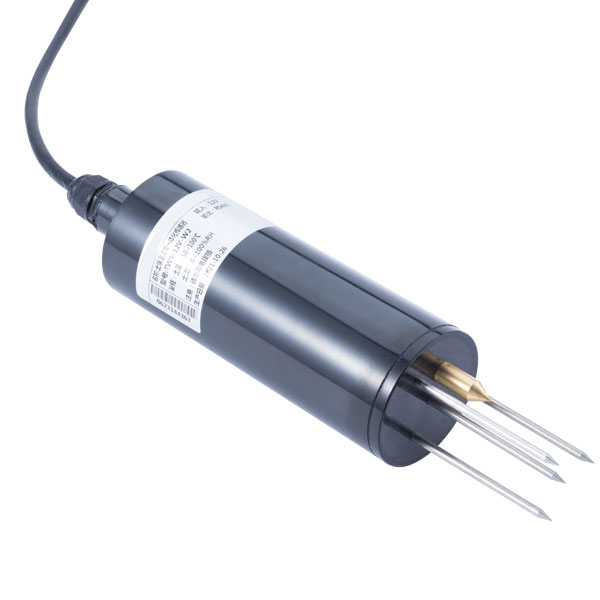 Soil Temperature Moisture Sensor 4-···
Soil Temperature Moisture Sensor 4-··· Air temperature, humidity and atmos···
Air temperature, humidity and atmos···
Screenshot, WhatsApp to identify the QR code
WhatsApp number:+8615367865107
(Click on WhatsApp to copy and add friends)